Grand Est - Forests characterized by the variety and quality of their species
One of France’s largest forest regions
The new Grand Est region was formed from three older regional entities in January 2016. Alsace, Lorraine and Champagne-Ardenne were all prominent French regions with their own distinctive histories, with successive occupations and widespread industrialization.
The forests of Meurthe et Moselle, Moselle and Meuse have long been exploited to provide fuel, while the forests of Les Vosges have grown to become the main form of land cover.
The Haut-Rhin and Bas Rhin départements boast a very high number of forest estates.
There are some very high quality species thanks to the particularly favorable climate, soil types and geography.
Close to the Paris region, the départements of Haute-Marne and Aube offer a wealth of opportunities, although a large proportion of the forest massifs are still State-owned. This is a very active market and caution pays! In the Marne département, the afforestation rate is rather low. The widespread clearance work in the Champagne Crayeuse in the 1950-60s to meet the needs of the salt, mining, glass-making, foundry, crystal and pottery industries affected forest development, although some areas were subsequently replanted.
The Grand Est has an abundance of very fine deciduous and conifer forests
The diversity of species is what really characterizes the region. Beech, oak and hornbeam are found alongside ash, maple and aspen. Poplar thrives in the valleys of the Seine, Aube and Marne where it is well adapted to local soils, something that has caught the eye of Italian investors who seek this very high-quality species.
The Grand Est is a very dynamic region in France, in economic terms, and the wood industry is very active here. The production forest supplies lumber, wood for industry and fuelwood.
However, there are a high number of protection forests in the Grand Est too. For example, the alluvial forests adjacent to the Rhine are listed as natural protection forests. In the mountain forests of Haut-Rhin, we also find the wood grouse, a protected species.
Who buys forests in the Grand Est?
The forests of the Grand Est have gained ground – either spontaneously or through afforestation, especially in Les Vosges, Meuse, Moselle and Meurthe-et-Moselle. Other forest areas have many state-owned forests, which only adds the scarcity of opportunities for buyers; this is the case in Haut-Rhin and Bas-Rhin, for example.
Nonetheless, the foreign investors are not misguided and there are some fine opportunities to acquire a piece of the French forest in the region. Hunting enthusiasts in Champagne take note: the forests here are a haven for red deer and wild boar.


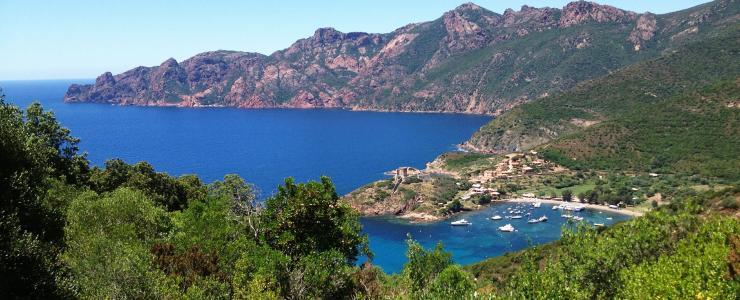
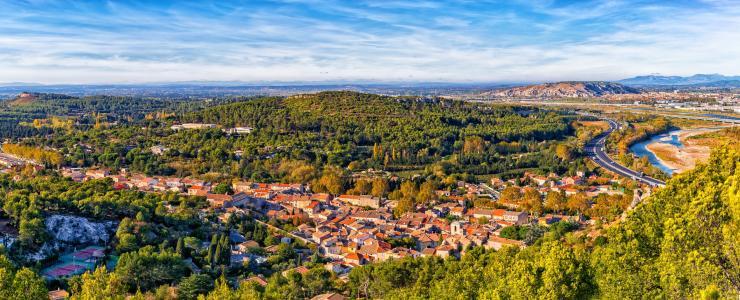
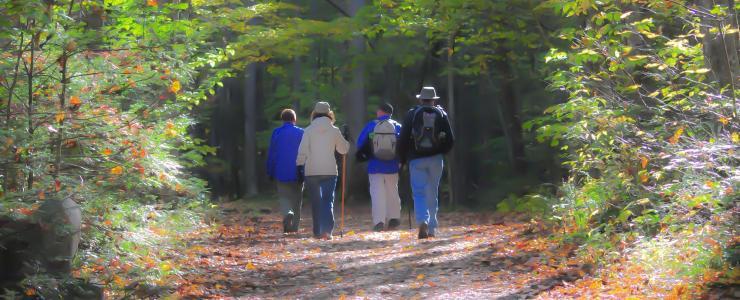
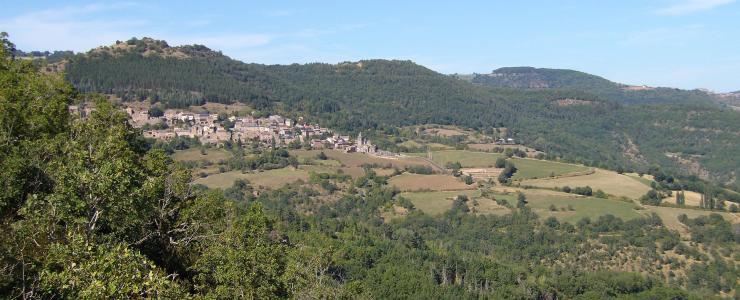
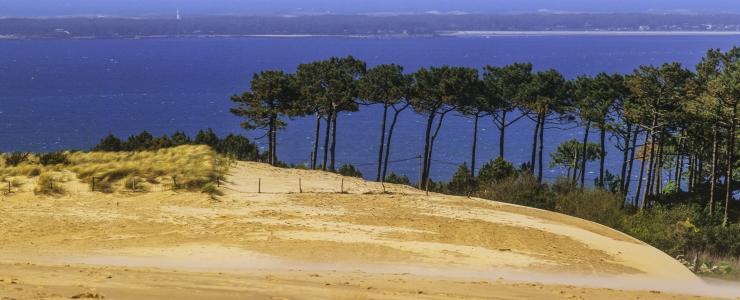
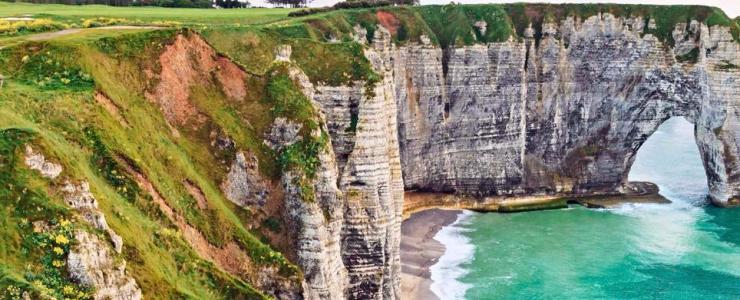
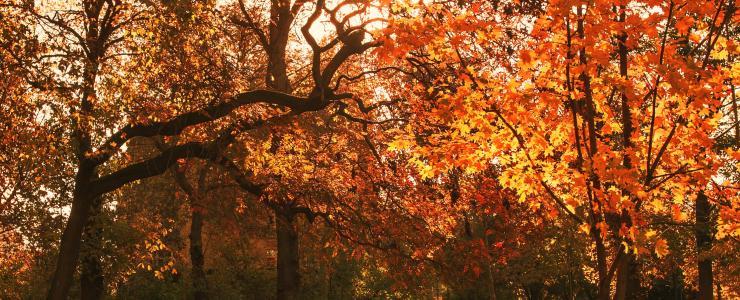
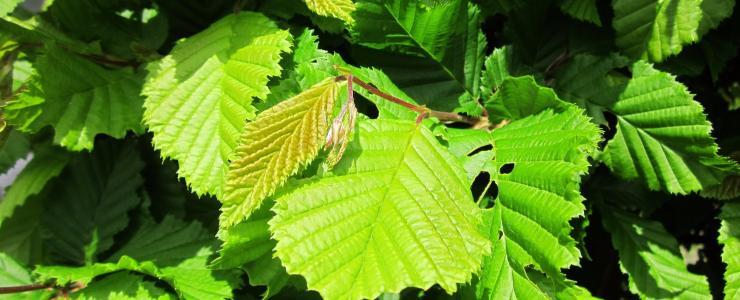

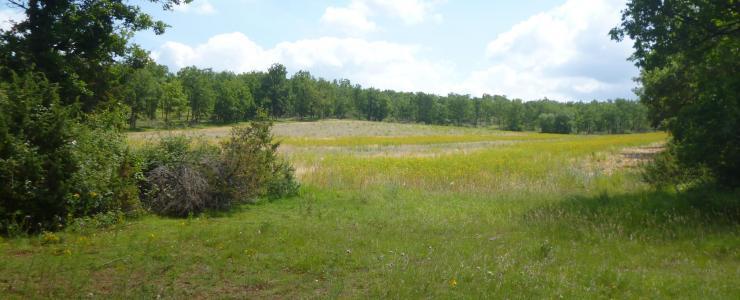
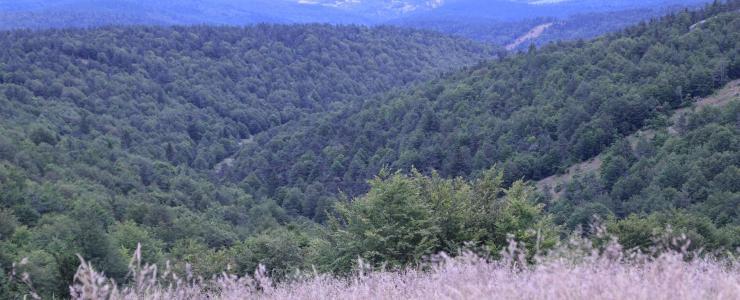
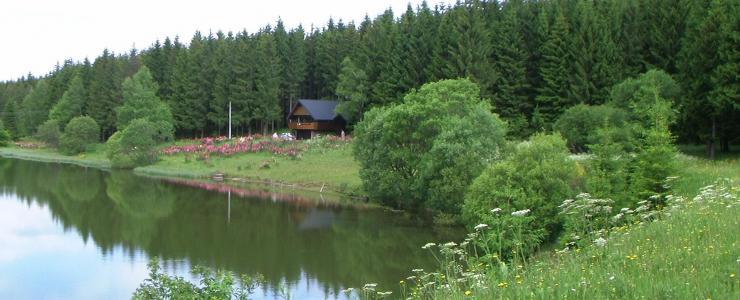
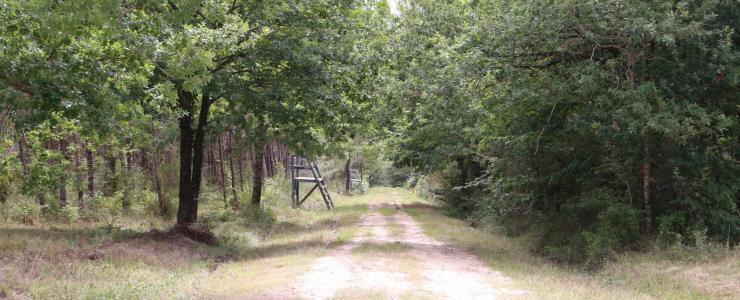
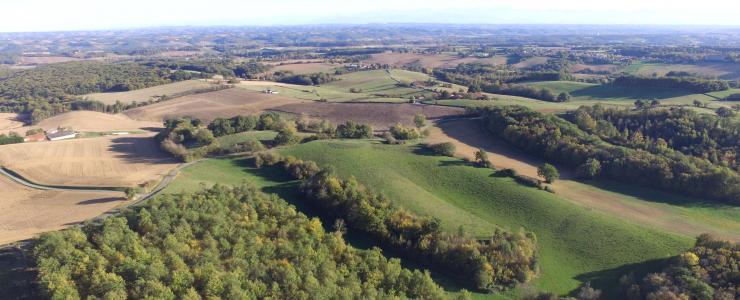
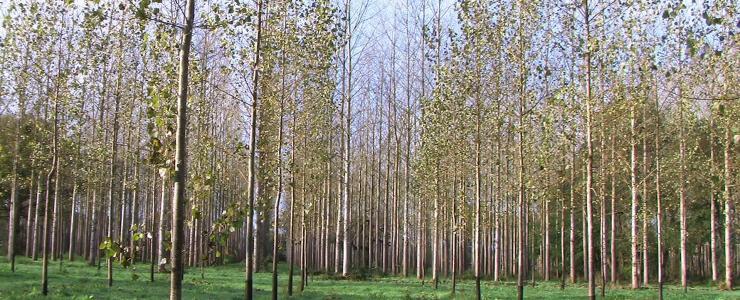
Economic view
The difference in stands, volume and the quality of trees explains the wide range of sale prices. Only an accurate valuation of the forest plot can give you a real idea of the price of your forest in the Grand Est.
Forêt Investissement provides this appraisal as part of a FNAIM exclusive sales mandate.